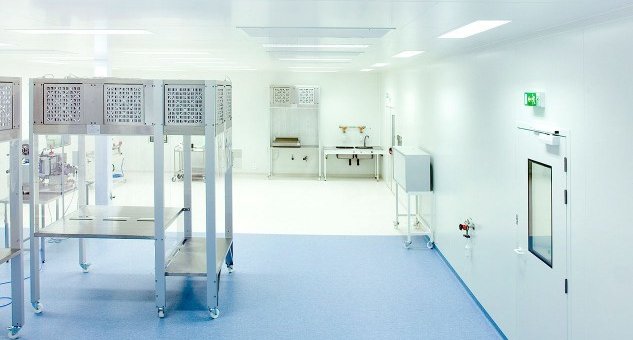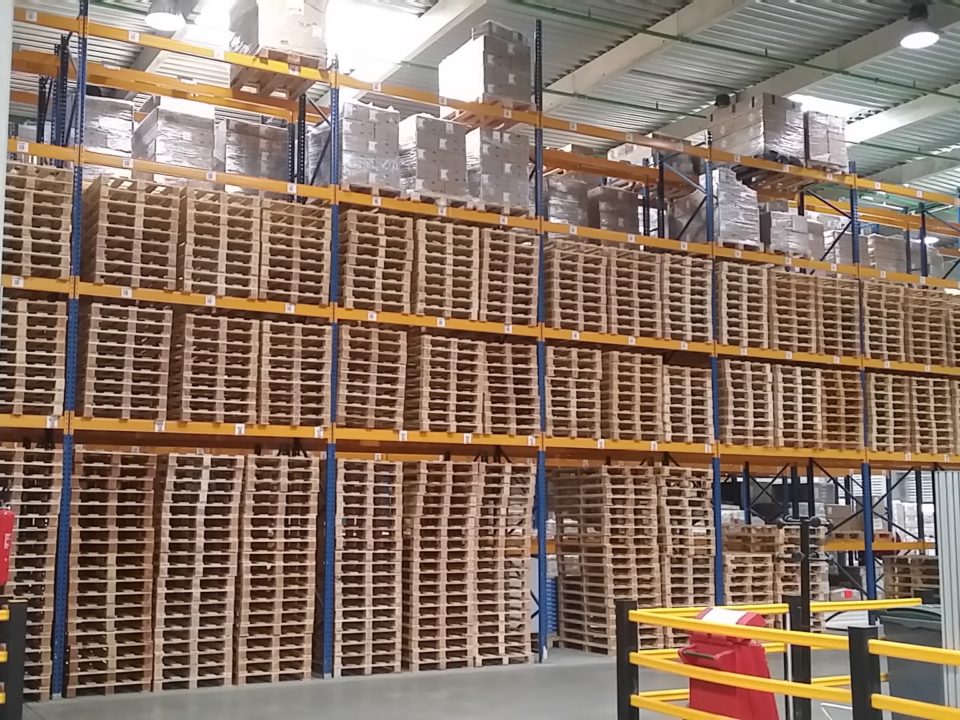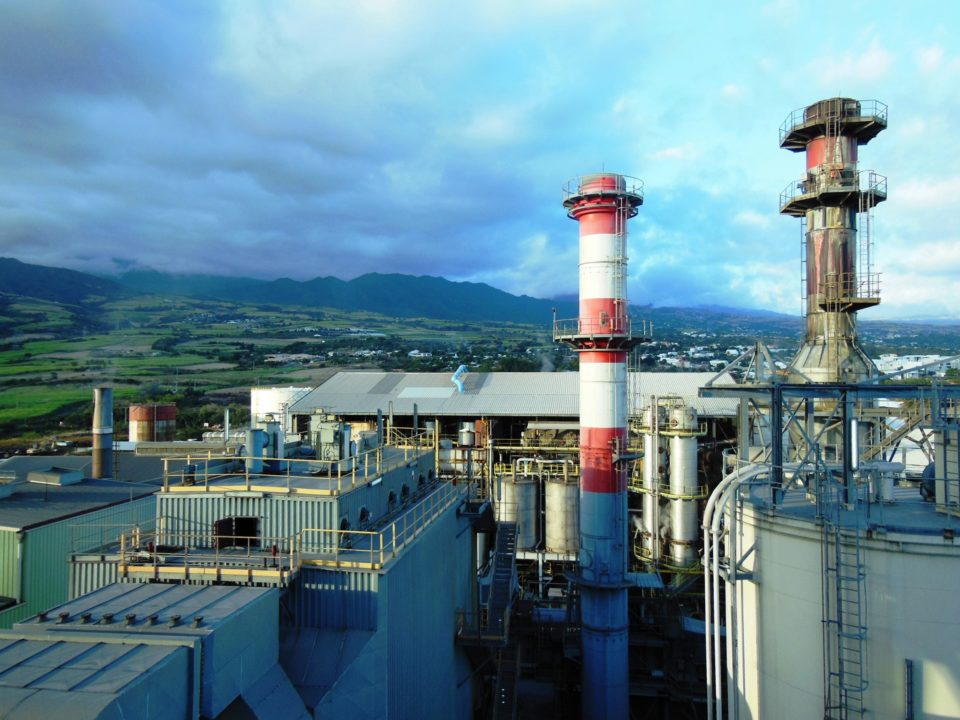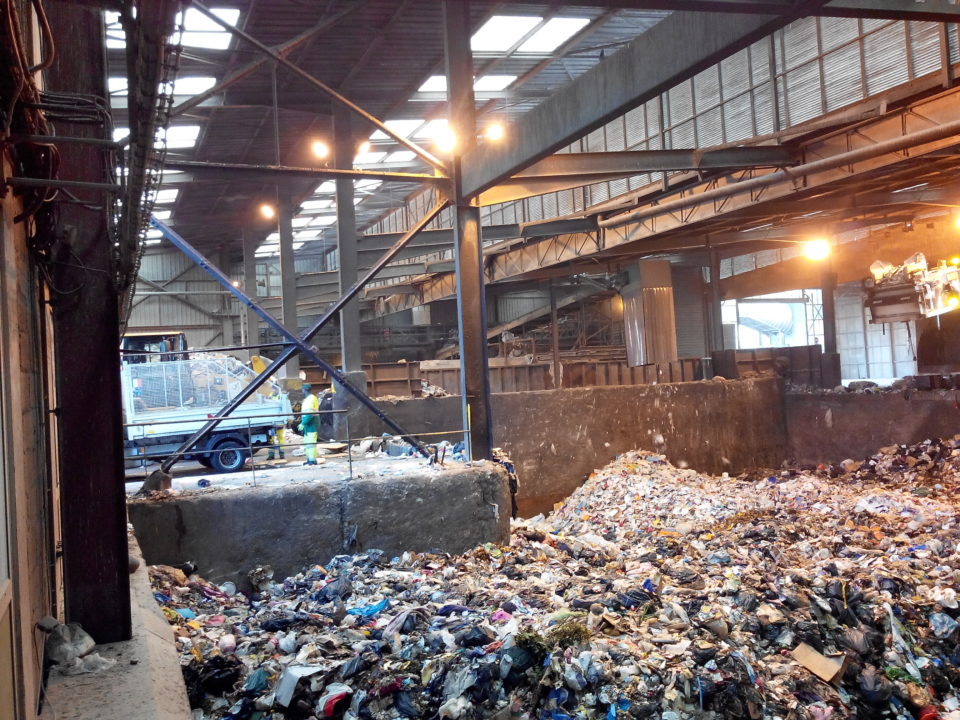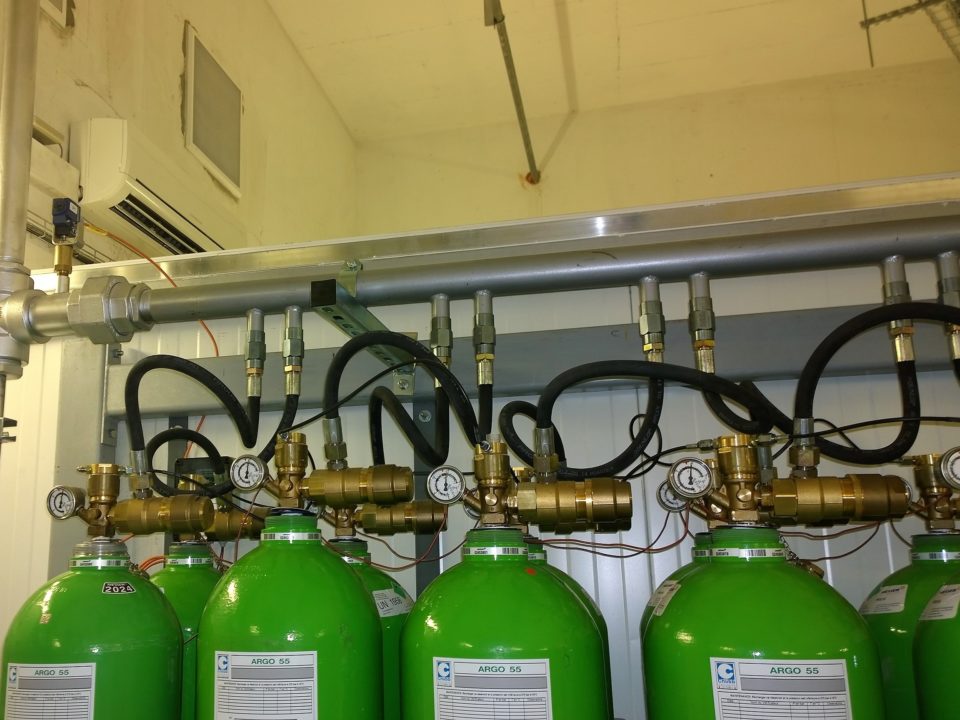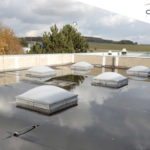
Smoke ventilation
24 October 2017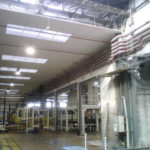
Determining a Sprinkler budget
10 April 2018A “clean” room, as defined in ISO standard 14644-1, is a room where particle concentration is controlled in order to minimise the introduction, generation and retention of particles inside the room. Parameters such as temperature, humidity and relative pressure are precisely controlled. This type of room is regularly encountered in electronics, the automotive industry, pharmaceuticals, biotechnology, food processing, aeronautics and the military sector.
Factory Mutual Global (FMG) Data Sheet 1-56 “Cleanrooms” and the National Fire Protection Association’s “Standard for the Protection of Semiconductor Fabrication Facilities” (NFPA 318) give quite similar recommendations.
Both reference documents address the subjects of fire detection and fire protection. They differentiate between the actual room space and the specific equipment present in this type of room such as exhaust ducts, cabinets containing specific gases, and air handling units.
The nature of the construction and its degree of combustibility have a major influence on the fire protection systems to be implemented.
Fire detection
The most appropriate form of detection for the room space is smoke detection, especially a high-sensitivity smoke detection system installed in the return-air ducts. In this solution, air is sampled outside the room to prevent “contamination” of the atmosphere. Where detectors are installed in the room space, special attention shall be given to the air flows that may disturb smoke analysis by the detector.
Infrared flame detection may also be used to monitor processes involving flammable liquids frequently present in this type of room.
A water sprinkler system is the preferred solution for the room space. To limit delays in implementation, preaction systems – and especially dry systems – are to be avoided, as are extended coverage sprinklers.
It is strongly advised to route pipes above the ceiling. In this case, only the sprinkler is visible in the actual room. In fact, some clean room manufacturers integrate pipe routing into their ceiling solution. Protection of the roof space above the room may also be required in the presence of a combustible structure.
In terms of implementation, it is recommended to use approved flexible connection hoses and to conduct thorough pneumatic and hydrostatic tests.
An automatic gaseous fire suppression system may be the best solution for small clean rooms or specific facilities (air locks, special enclosures, etc.). The choice of extinguishing gas (inert or inhibitor) will depend on the layout of the room to be protected, and its compatibility with the specific products present in this type of room. It must also be considered that air flow control in the clean room must satisfy the airtightness and overpressure resistance requirements of the gaseous suppression system.

